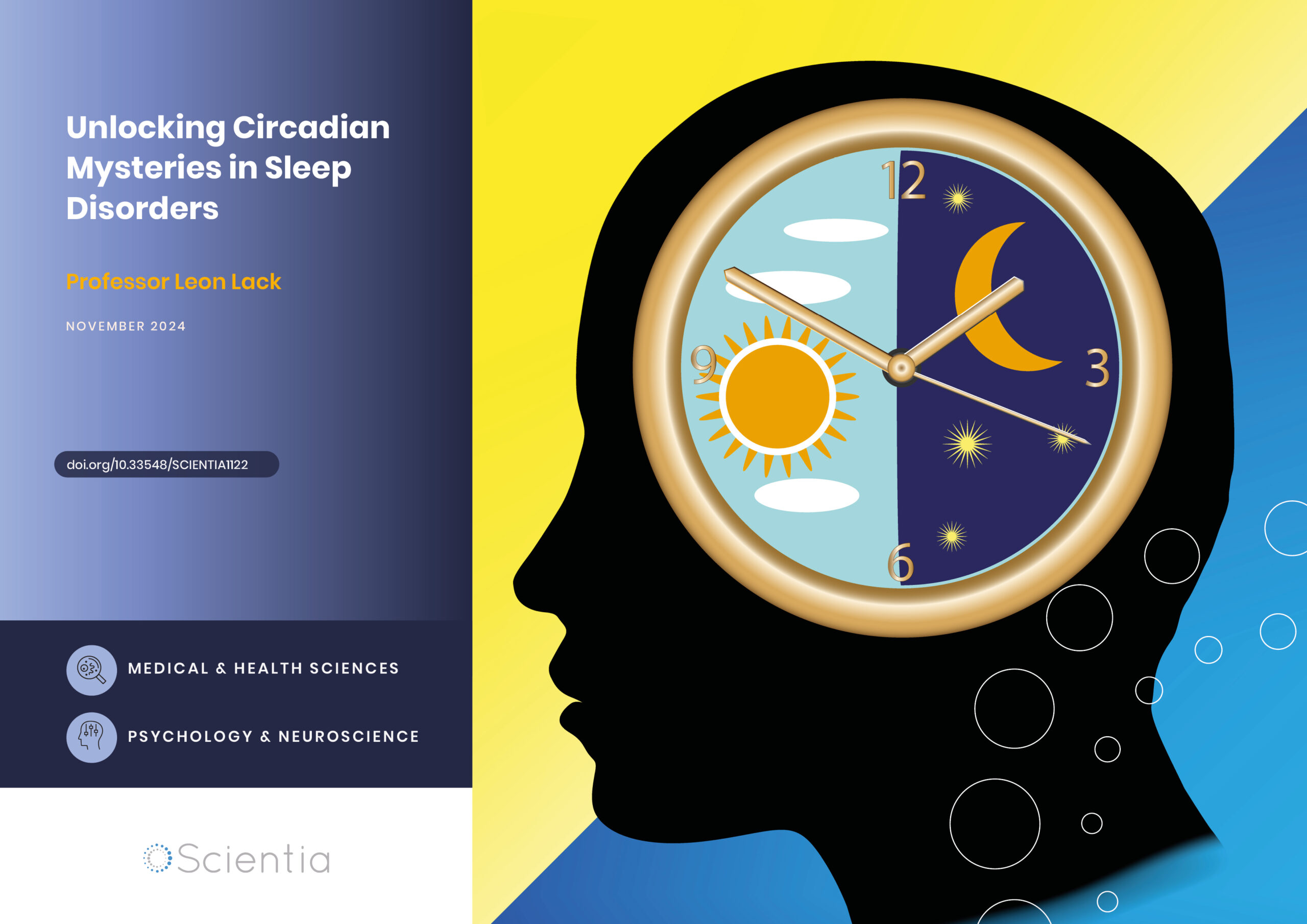Dr Charles Smith – Space Weather Underground: A Magnetometer Array with Educational Opportunities
The complex processes of Earth’s ionosphere may occur far above the planet’s surface, but when monitored from numerous locations at sufficient distances, they can be measured using inexpensive equipment on the ground. Dr Charles Smith at the University of New Hampshire has assembled an extensive team to do just that, with participants ranging from space scientists with decades of experience, to high school students considering futures in science and engineering. Named Space Weather Underground, the project could soon make extensive data on ionosphere dynamics available to scientists and the public alike.
Earth’s Ionosphere
With its lower edge situated around 60 kilometres above our heads, the ionosphere contains an abundance of atoms and molecules that have been ionised by the Sun’s powerful radiation. Just as the atmosphere closer to Earth’s surface displays the vibrant weather patterns that we witness every day, the ionosphere is also in a constant state of change – although its motions are driven by entirely different processes. Rather than factors such as temperature and pressure, they are driven by the fact that streams of moving charged particles – known as currents – generate their own magnetic fields, and can also be generated by external magnetic fields.
Since the charged particles in the ionosphere are intrinsically connected to the Earth’s magnetic field, they can be driven to form currents by processes that disrupt the field, such as high-energy bursts of plasma thrown out by the Sun. Once set in motion, these currents then generate magnetic fields of their own, which can be measured from the ground.
One particularly important aspect of these fields is that they can distort the radio waves that satellite systems use to communicate. Therefore, by understanding precisely how these currents flow, researchers can gain important insights into the complex ‘weather’ of interplanetary space, while also finding ways to mitigate potential disruptions to our communications and navigation systems.
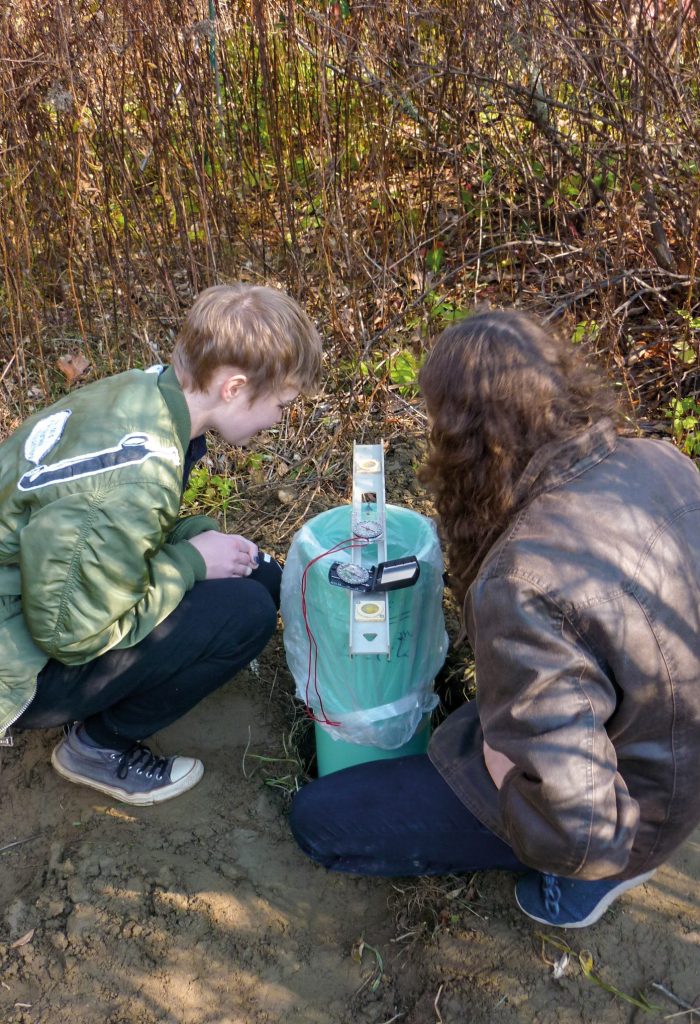
Measuring Ionic Currents
To detect currents in the ionosphere, the magnetic fields they create must first be picked up by devices called magnetometers, which can measure the strength and direction of the field, and register any changes in these values over time. Perhaps the most well-known example of a magnetometer is a compass, which aligns its needle with Earth’s magnetic field; though more accurate devices are required to pick up the subtle fields created by ionospheric currents.
Since these charged particle motions play out on scales of hundreds of kilometres, researchers can only measure them by spreading out numerous magnetometers over large distances. This is most effective if the devices are incorporated into expansive networks, or ‘arrays’, which transmit their measurements to central data centres.
So far, such measurements have typically involved cutting-edge instruments that are extremely sensitive, capable of detecting incredibly subtle changes in magnetic field strengths and directions. However, such sophisticated apparatus is by no means essential. According to Dr Charles Smith at the University of New Hampshire, there are numerous advantages to using simpler, far less expensive magnetometers.
Possibilities with Simpler Instruments
Rather than high degrees of accuracy, Dr Smith believes that measurements of ionospheric currents should benefit more from a higher number of measurements, taken using larger arrays. With this in mind, he is now building an extensive magnetometer array using the 3-Axis Simple Aurora Monitor (SAM-III) – a semi-professional device manufactured by Reeve Electronics in Alaska. Often used by hobbyists, such as radio amateurs and photographers of the Aurora Borealis, these magnetometers can be purchased as kits costing just $500.
As well as their low cost, the circuitry of a SAM-III device is easy to assemble, with step-by-step instructions appearing on a graphical interface as the user progresses. For Dr Smith’s team, this presents a further advantage: that their project can accommodate the skills of young people who are considering careers in science and engineering. Together, these advantages mean that while SAM-III magnetometers are ideal tools for monitoring currents in Earth’s ionosphere, their assembly, deployment, and monitoring provides a unique educational opportunity for local high school students.
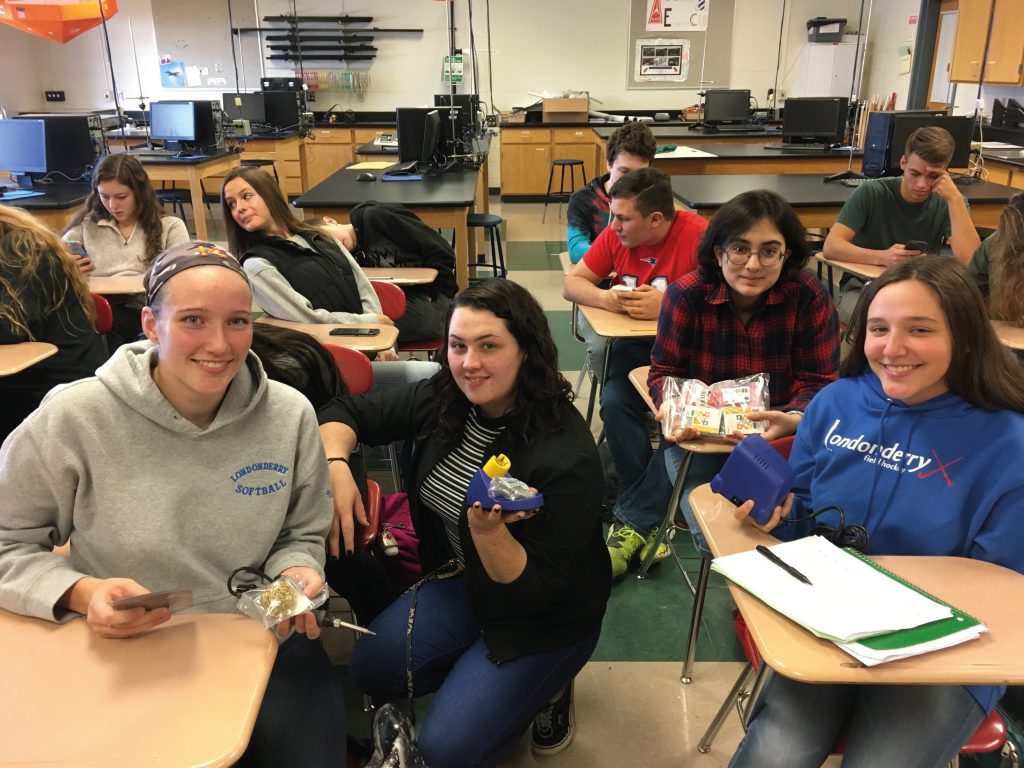
Deploying for Measurement
The efforts of Dr Smith’s team to deploy an extensive array of SAM-III magnetometers have now culminated in the Space Weather Underground (SWUG) project – a collaboration between his colleagues at the University of New Hampshire (UNH), and high schools across northern New England. To guide the project, Dr Smith has drawn out precise guidelines for schools to build their own magnetometers.
Once they have been assembled by students, the SAM-III devices need to be mounted into ‘trees’ made from PVC plastic, which enable their sensors to be precisely oriented parallel to Earth’s magnetic field. Then, they must be placed in watertight tubes, which are buried vertically in the ground to prevent their contents from freezing or overheating in the long term. An extension of the tube above the ground then houses all of the necessary electronics.
As data is collected, it is transmitted through radio antenna to a Raspberry-Pi computer at the school, from which it flows into a central data centre, located at UNH. Finally, a solar panel mounted on a post next to the tube provides power to each setup, while a battery pack stores the excess power it generates for night-time operation.
Taking Precautions
Before a magnetometer in the SWUG array can begin operation, a number of precautions need to be taken to maximise the quality of its measurements. In order to avoid any measurement disturbances from magnetic fields associated with human activity, such as electrical currents, Dr Smith advises that they should be deployed in a remote location about a quarter of a mile from each school. Furthermore, since the clocks that SAM-III magnetometers use to time their measurements can drift by up to a second each day, each school must attach a GPS chip to their system, to ensure the measurements of all devices in the array are synchronised with each other.
Finally, Dr Smith instructs that the devices should take one magnetic field measurement every two seconds. This is slower than SAM-III’s maximum measurement speed, but enables the device to operate more reliably, while still allowing it to detect any important events.
Since first drawing out detailed plans for the project in 2019, the SWUG team has needed to navigate the numerous challenges presented by Covid-19. However, having fully assembled and demonstrated the setup at UNH, Dr Smith hopes that the project will progress rapidly once schools reopen. Furthermore, earlier results, presented in December 2019, reveal a promising potential future for the project.
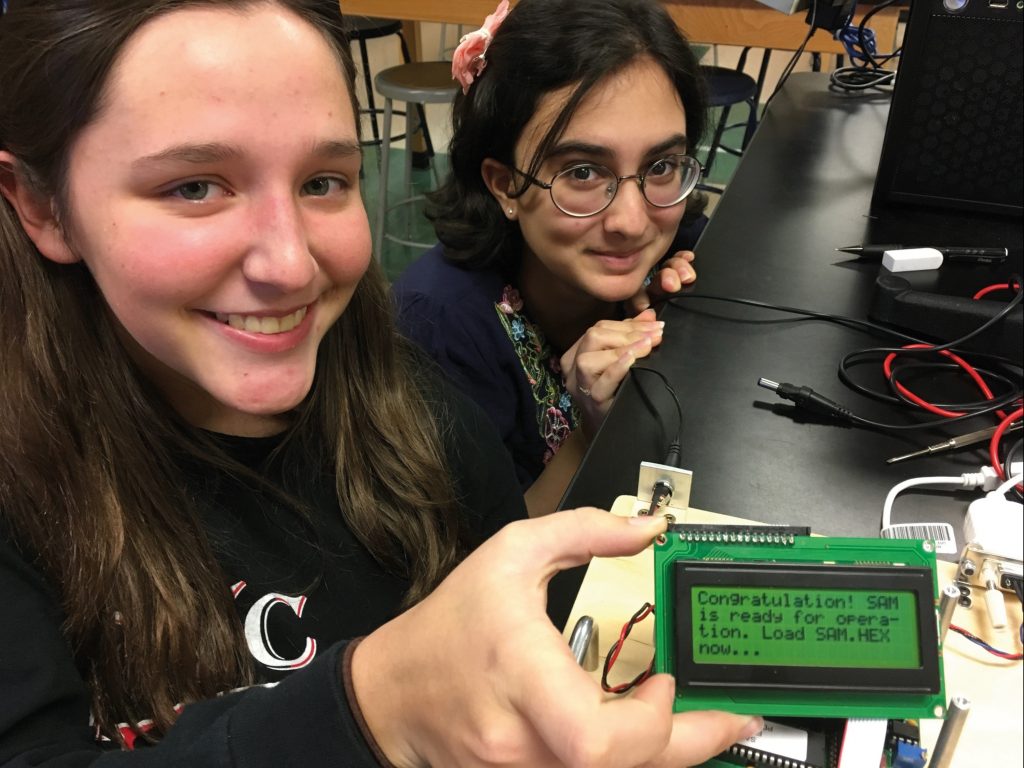
Encouraging Early Results
In October 2019, several ionosphere monitors in eastern Canada – which borders New Hampshire – picked up the key signs of an ionospheric current passing through Earth’s mid-latitudes. For Dr Smith’s team, this presented an ideal opportunity for testing the early SWUG array. Just as they hoped, SAM-III magnetometers in Exeter and Durham – home to the UNH campus – also clearly detected the signal, which endured for around one hour in the early morning. ‘We presented these early results at the 2019 Fall American Geophysical Union conference, where we brought two high school students to aid in the presentation,’ says Dr Smith.
Since the two devices were spaced less than 20 kilometres apart, their combined measurements could not be used to determine the large-scale, time-varying properties of the ionospheric current responsible for the signal. However, the results were a key demonstration that each of the devices was able to reliably carry out its role, and could be used to gather useful data if incorporated into a larger network.
‘The goal is that with multiple sites running accurate clocks, we can time the passage of a magnetic disturbance across the surface of the Earth, determine its speed and direction, and relate it to other ionospheric activities as measured by spacecraft,’ explains Dr Smith.
Plans for Expansion
To reach this point, Dr Smith’s team now hopes to expand the SWUG array across northern New England, and even further afield within the US – with two magnetometers now under construction at high schools in the Midwest. As the network expands, the team will be able to triangulate the time-varying positions of ionospheric currents increasingly accurately, allowing for observations with a similar quality to those made by expensive, well-established ionosphere monitors.
Dr Smith and his colleagues will now continue to work towards this goal by building relationships with high school students and their teachers, allowing student-built magnetometers to be deployed across numerous locations. They will also expand the data centre at UNH to handle an increasing flow of incoming information, as more magnetometers are incorporated. Furthermore, they plan to expand the online presence of the SWUG project through a website. These measures will allow the team to achieve their overall goal of detecting activity in the Earth’s upper atmosphere, and associating it with activity in the global ionosphere.
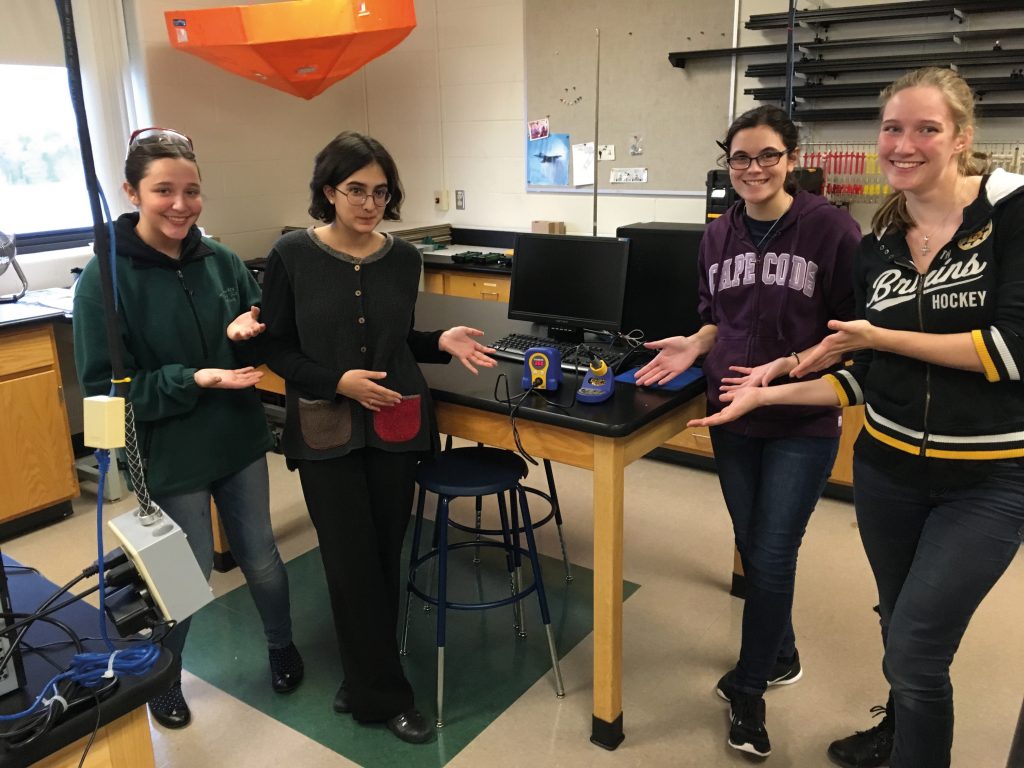
New Opportunities
When the SWUG array becomes fully operational, Dr Smith and his colleagues will aim to make the data it produces completely free to access – open not only to members of the public who are interested in the project, but also to real scientists conducting their own research.
Alongside this advantage, the project represents a highly unique way to introduce high school students to an active field of research, before they even begin university. Ultimately, the project soon promises to offer important new insights into the diverse and ever-changing dynamics of the Earth’s ionosphere, and the communications systems they affect.
Reference
https://doi.org/10.33548/SCIENTIA542
Meet the researcher
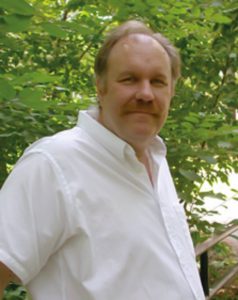
Dr Charles Smith
Department of Physics
University of New Hampshire
Durham, NH
USA
Dr Smith completed his PhD in Physics at the College of William and Mary in 1981, after which he worked at numerous prestigious institutes, including the University of New Hampshire and the University of Delaware. Since 2003, he has worked as a Research Professor at the University of New Hampshire, where his research interests include space plasma physics, interplanetary magnetic fields and their interaction with Earth, and the interpretation of spacecraft data. Dr Smith has been involved with a variety of NASA spacecraft missions throughout his career, including the Advanced Composition Explorer (ACE) Magnetometer Experiment, and the EMFISIS Instrument Suite aboard the Van Allen Probes. He now coordinates the Space Weather Underground (SWUG) collaboration, which is enhancing educational opportunities for high school students in New England.
CONTACT
E: Charles.Smith@unh.edu
W: http://www-ssg.sr.unh.edu/mag/CWSmith.html
KEY COLLABORATORS
Harald Kucharek, University of New Hampshire – professor who developed the deployment hardware
Marc Lessard, University of New Hampshire – expert in the field who is making connections to established science
Michael Routhier, University of New Hampshire – professor leading the development of the SWUG Data Center
John Blackwell, Phillips-Exeter Academy – first high-school teacher to have a magnetometer up and running
Rich Levergood, Londonderry High School – high-school teacher (now retired) whose students have built more magnetometers than any other school
Scott Goelzer, Coe-Brown Academy – high-school teacher whose students have set up the latest deployment, and who is central to the ‘summer ballooning program’, in which high-school students build magnetometers and fly them to 100,000 feet
Carol Young, CONVAL Peterborough High School – high-school teacher and Dr Smith’s initial contact at CONVAL
Andria Johnson, CONVAL Peterborough High School – high-school teacher who has a working magnetometer awaiting indoor deployment once schools reopen
Dave McKenney, Plymouth High School – high-school teacher whose students have finished their initial build, to be deployed once schools reopen
Julie Burton, The Bromfield School, Harvard – high-school teacher whose magnetometer will be the most southern in the array
Elizabeth England, Winnesquam High School – high-school teacher whose build will resume once schools reopen
Andwar Heliovore, Hillsboro-Deering High School – high-school teacher whose build will resume once schools reopen
Sara Cathey, Oyster River High School – high-school teacher whose build will resume once schools reopen
Stephen Zaffke, Austin High School, Minnesota – high-school teacher whose students are building one of two magnetometers in the Midwest, as the UNH team works to seed a new array there
Nick Goeldi, Ripon High School, Wisconsin – high-school teacher whose students are building the second Midwestern seed
FUNDING
US National Science Foundation

Want to republish our articles?
We encourage all formats of sharing and republishing of our articles. Whether you want to host on your website, publication or blog, we welcome this. Find out more
Creative Commons Licence
(CC BY 4.0)
This work is licensed under a Creative Commons Attribution 4.0 International License. 
What does this mean?
Share: You can copy and redistribute the material in any medium or format
Adapt: You can change, and build upon the material for any purpose, even commercially.
Credit: You must give appropriate credit, provide a link to the license, and indicate if changes were made.
More articles you may like
Professor Aristides Marcano Olaizola | Innovation in the Production of Singlet Oxygen
A novel method for producing singlet oxygen via stimulated Raman scattering (SRS) offers an innovative alternative to traditional photosensitizer-based techniques, promising safer and more efficient applications in disinfection, cancer treatment, and beyond. Professor Aristides Marcano Olaizola at Delaware State University is driving innovation in this critical field.
Dr Marta Berrocal-Lobo | Unlocking the Potential of Essential Oils: Illuminating Epigenetic Effects on Plant Defense Mechanisms
Essential oils (EO) are potent in enhancing plant stress responses and mitigating seed-borne diseases, particularly in high-value crops such as tomatoes. While their direct impacts are recognised, the indirect influences on plant growth, metabolism, and immune responses against phytopathogens remain uncertain. Dr Marta Berrocal-Lobo, an esteemed Associate Professor and researcher at the Polytechnic University of Madrid, in collaboration with the Group of Biopesticides led by Dr Azucena Gonzalez-Coloma, is unravelling the transcriptomic and metabolic responses of tomato seeds treated with an antifungal EO against the pathogen Fusarium oxysporum sp. Their findings pave the way for harnessing EO in sustainable agriculture.
Dr Linda Hammerich | Revolutionising Immune Monitoring with Flow Cytometry
Understanding the individual immune response is key to diagnosing and treating a range of diseases. One way of characterising immune cells is through flow cytometry, where cells are tagged with fluorescent markers known as fluorochromes. Detectors use these markers to understand the different physical and chemical features of the individual cells and the overall immune cell population. Dr Linda Hammerich and a team from Charité-Universitätsmedizin in Germany have optimised this technique to investigate up to 31 different cells or markers from one blood test using currently available technology.
Dr Leon Lack | Unlocking Circadian Mysteries in Sleep Disorders
Sleep disorders can significantly disrupt daily life, but their underlying causes are not always clear. Dr Leon Lack from Flinders University has spent decades studying these disorders and how to treat them. By shedding light on the role of circadian rhythms in delayed sleep-wake phase disorder and non-24-hour sleep-wake rhythm disorder, he hopes to unravel why some people struggle to maintain conventional sleep patterns and could lead to more effective treatments for these challenging conditions.




